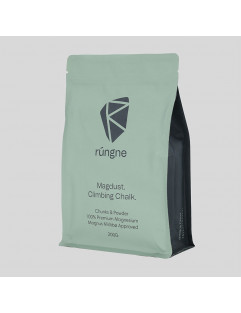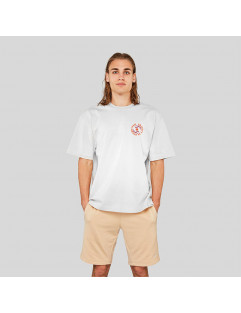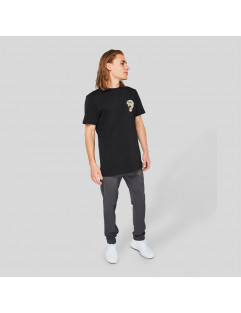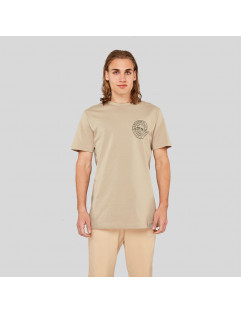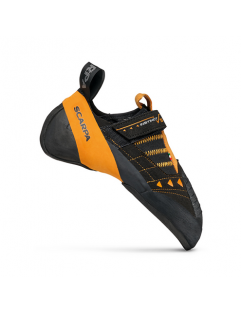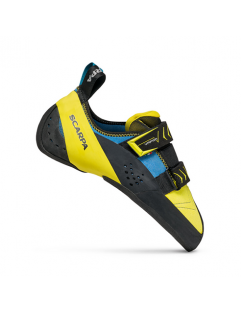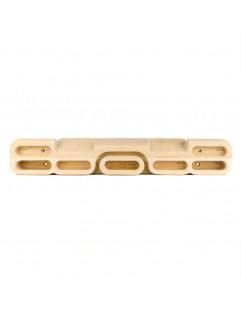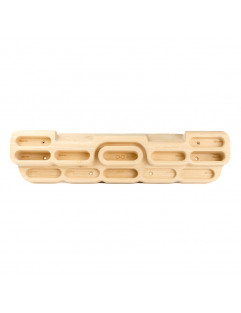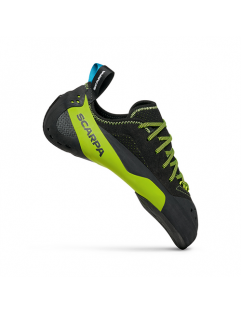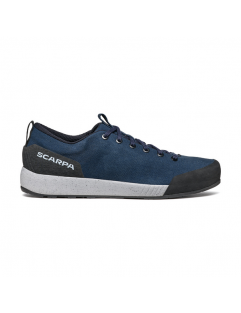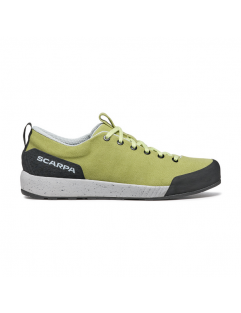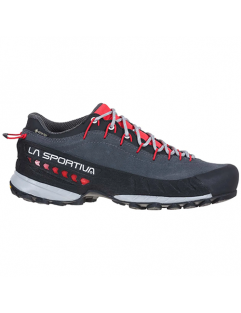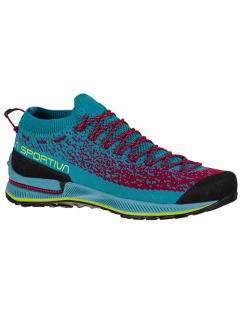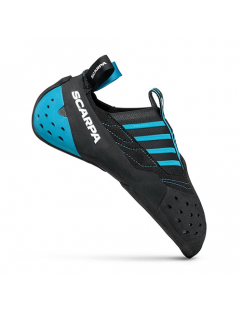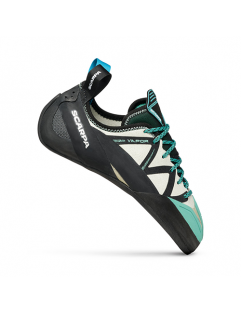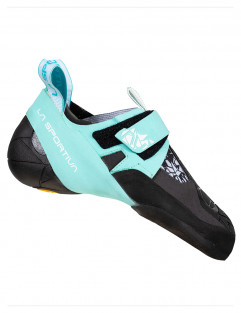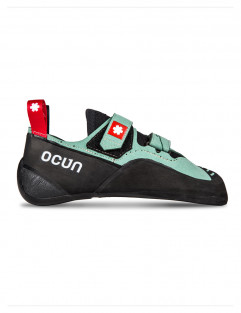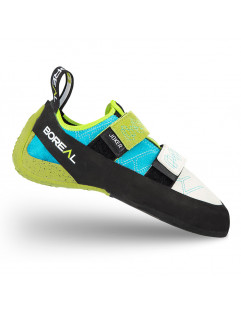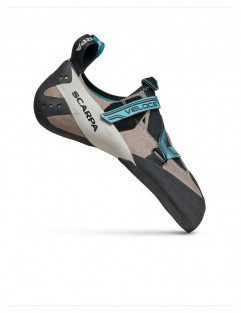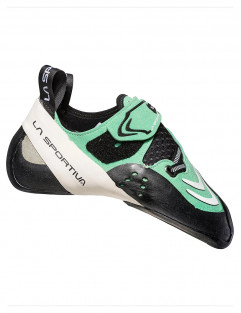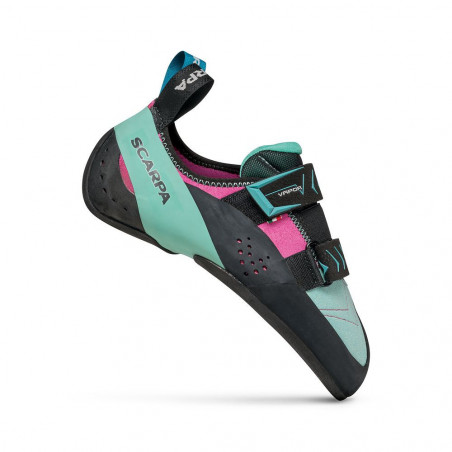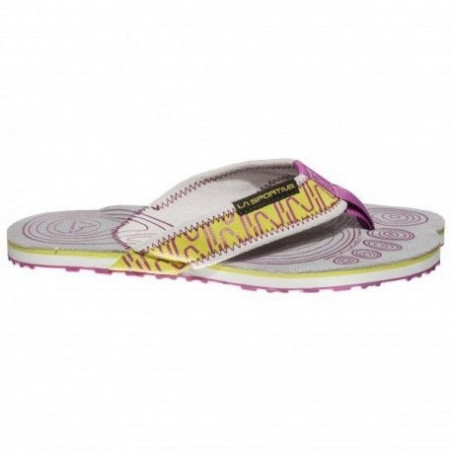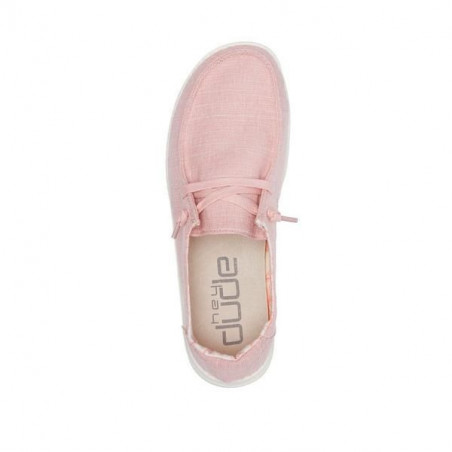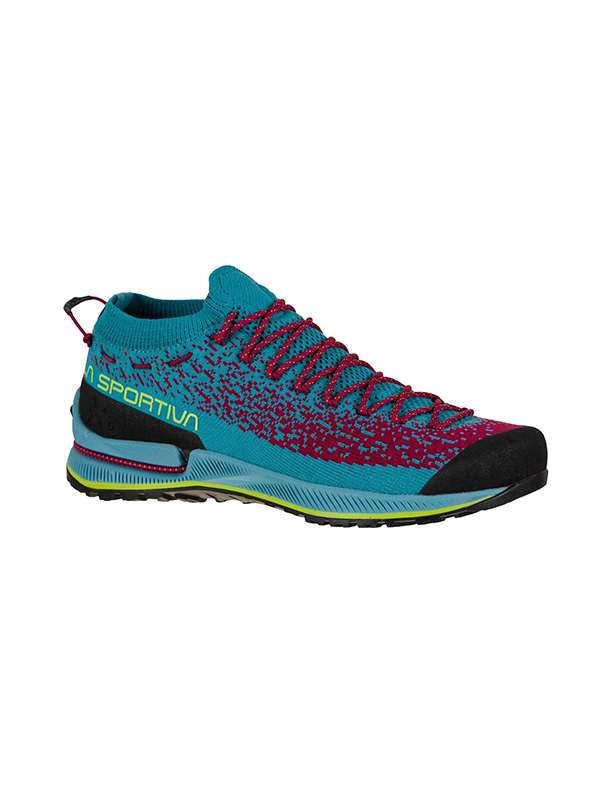New products
velcro-shoes
Scarpa -...The Scarpa Instinct is your friend during sport climbing and bouldering. It is a perfect weapon both indoor and outdoor. This climbing shoe can...
€89.98
Regular price
-50%
€179.95
Price
velcro-shoes
Scarpa - Vapor...A precise, versatile and best-selling shoe that combines a comfortable fit with steep climbing performance, the redesigned Vapor V features fresh...
€84.98
Regular price
-50%
€169.95
Price
fingerboards
YY Vertical -...The Verticalboard Light was designed for climbers looking for an essential and accessible training tool. It offers the climbing training classics:...
€69.95
Price
fingerboards
YY Vertical -...The VerticalBoard First is suitable for adept climbers wanting to become stronger to complete their projects. It offers a variety of different...
€89.95
Price
Active filters
lace-up-shoes
Scarpa - Mago - Black/Green - Climbing ShoesThe new MAGO provides precision on small footholds without compromising sensitivity. New...
€169.95
Price
mens-approach-shoes
Scarpa - Spirit - Blue/Gray - Men's Approach ShoesScarpa's SPIRIT represents the perfect combination of free time and climbing. A shoe that wants...
€104.96
Regular price
-30%
€149.95
Price
mens-approach-shoes
Scarpa - Spirit - Grass/Gray - Men's Approach ShoesScarpa's SPIRIT represents the perfect combination of free time and climbing. A shoe that wants...
€104.96
Regular price
-30%
€149.95
Price
womens-approach-shoes
La Sportiva - TX4 Woman GTX - Carbon/Hibiscus - Women's...La Sportiva's TX4 Woman GTX is a leather shoe with GORE-TEX. Specifically designed to offer...
€199.95
Price
womens-approach-shoes
La Sportiva - TX2 Evo Woman - Topaz/Red Plum - Women's...
The La Sportiva TX2 Evo represents the womens version of the lightest shoe in the Traverse X...
€165.95
Price
slippers
Scarpa - Instinct S - Black/Azure - Men's Climbing Shoes
The latest of the Scarpa range of shoes, the new Instinct Slipper. Like the name suggests,...
€111.96
Regular price
-30%
€159.95
Price
lace-up-shoes
Scarpa - Vapor Lace Wmn - Dust Gray/Aqua - Women's...
Scarpa's VAPOR WOMAN provides supportive edging with versatility aimed at more technical outdoor...
€159.95
Price
velcro-shoes
La Sportiva - Skwama Vegan Woman - Carbon/Turquoise -...
Climbing shoes specifically manufactured for high performance and made without animal-derived...
€159.95
Price
activities
Ocun - Striker QC - Green Malachite - Climbing ShoesBecause of its slightly asymmetrical form, the Striker QC is the ideal climbing shoe for novices...
€62.96
Regular price
-30%
€89.95
Price
velcro-shoes
Boreal - Joker Wmns - Light Blue/White - Women's Climbing...Leather and microfiber Leather and Air Net side parts for more ventilation.
Closing by double...
€104.95
Price
velcro-shoes
Scarpa - Veloce Wmn - Lightgray/Maledive - Women's...The Veloce is a new addition to SCARPA's climbing collection, designed for indoor climbing with a...
€149.95
Price
velcro-shoes
La Sportiva - Futura Woman - Jade Green/White - Women's...+ The No-Edge® concept allows the climber to approach the rock in a totally new and more natural...
€159.95
Price
Subcategories
-
Womens Climbing Shoes
<p>The climbing shoes on the market now a days make it possible for athletes to almost walk up the wall and to stand on seemingly smooth surfaces and none existing foot holds. This has all been made possible through years of research, trial and error. The rubber used for the soles of climbing shoes generates as much friction as possible in order for the athlete to perform at peak levels. Most, if not all intermediate to advanced climbing shoes are equipped with these high performance soles, but there are still a few differences worth pointing out. </p> <p></p> <p>It took a while before women specific climbing shoes hit the markets, up until recently a women's shoe was a simple climbing shoe in different colors. Over time this has changed and brands started developing and producing rock climbing shoes specific to the female shape of foot. In general, these women's shoes are designed for more petite feet, their cut is generally narrower and the height of the heel a bit lower. The new name manufactures give to these shoes instead of calling them women shoes, is 'low volume' or 'LV' shoes. This doesn't mean that men cannot wear these shoes, it just depends on their foot shape.</p> <p>The choices are endless and difficult today so contact our Customer Service or send us a mail to help you choose the right product for your needs. </p> <p></p> <p>Shop online.........more time to climb.</p> <p></p> <p>Casper's Supports Your Summit</p> -
Womens Sandals
<p>Great pair of sandals to wear in between boulders in Fontainebleau, at the beach during your time off, just to chill in etc. </p> -
Womens Hey Dudes
-
Womens Approach Shoes
<p>Our main focus always goes to the act of climbing, what gear is necessary to get up the project—climbing shoes, harness, rope, hardware, helmet, chalk—that we often forget what’s helpful for actually getting to the climb. The approach can be anything from a short hike to the crag or a multi-day scramble to a valley of granite towers and anything in between. No matter what, the best approach shoes combine the stability and support of a hiking boot with the grip and dexterity of a climbing shoe. Before buying a pair of approach shoes, it’s important to have an understanding of the materials keeping you stuck to the stone:</p> <p><strong>Outsole</strong>: The knobs on the sole of the shoe dig into the dirt for grip on trails. A shallow dot pattern creates more contact between the rock and rubber, so they smear better on slabby stone.</p> <p><strong>Midsole</strong>: The main shock absorber that reduces impact on the trail. 2 main materials are used for this part of the shoe, polyurethane foam (PU) and ethylene vinyl acetate foam (EVA). PU is dense and strong, with a longer lifespan than EVA, but it isn’t quite as soft. EVA is lighter and cushier but less durable.</p> <p><strong>Drop</strong>: This describes the difference in “stack height” (material between the bottom of your foot and the ground) at your heel and forefoot. The smaller the drop, the more minimalist the shoe, and the more you’ll feel the ground beneath your feet, which is good for approaches that require precise and technical movement. Hiking boots and traditional trail runners have a higher stack height and drop, which offers more cushioning and support for heavy loads.</p> <p><strong>Forefoot Plate</strong>: A high density foam or plastic piece providing additional support and protection for the ball of your foot.</p> <p><strong>Heel Wedge</strong>: A midsole component that absorbs impact during initial heel strike.</p> <p><strong>Upper</strong>: The upper can be synthetic, leather, mesh, or some combination to offer varying degrees of water resistance, breathability, and insulation.</p> <p><strong>Footbed</strong>: Or insole, sits directly beneath your foot. This foam insert comforts and supports, adapting to your foot’s unique shape. </p> <p><span style="text-decoration:underline;"><strong>How to size your approach shoes</strong></span></p> <p>Your toes should not reach the end of the shoe, but neither should they be swimming in an overly spacious toe box.</p>

